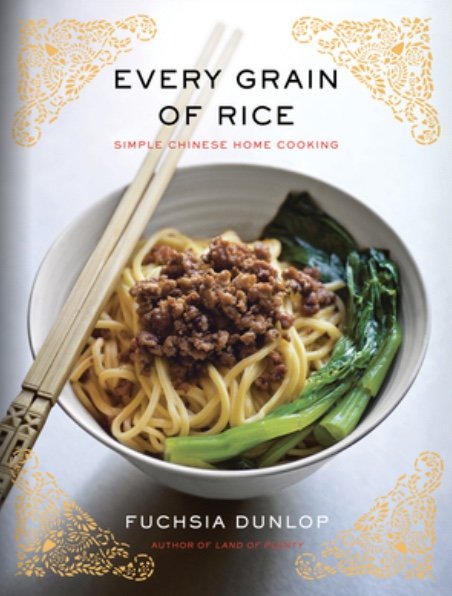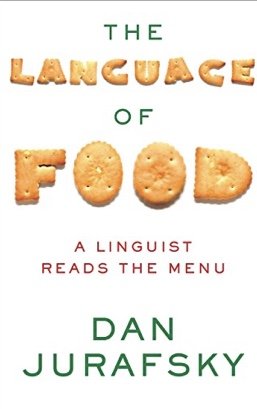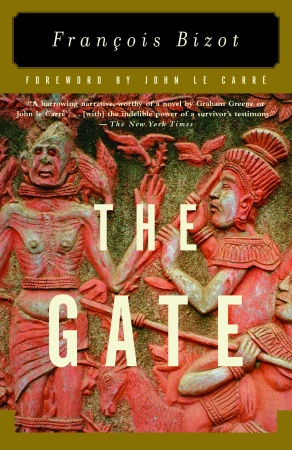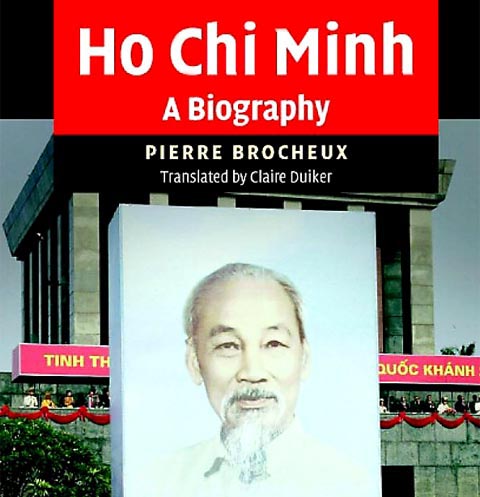The Father of All Things by Tom Bissell (Pantheon)
Images and memories usually emerge in a tangled coil when Americans remember the Vietnam War. It's a time that refuses to take on the detachment that comes with becoming part of past history, remaining so unexamined and raw that it still haunts two nations. For many in the United States, the demand of "Peace now" that echoed through the 60s remains unfulfilled, and the issues that divided the country then continue to gape, unbridged, decades after the war came to an end.
Tom Bissell's family history, like that of many children born in the 70s, was intertwined with this war. His father was changed by it, his parents' marriage was destroyed by it, and Bissell grew up with Vietnam on his mind, struggling to learn about his father's time there.
Given the chance to travel to Vietnam with his father, Bissell finds that his carefully acquired abstract facts find a kind of uneasy alliance with the visceral recollections that the country pulls from ex-Marine Captain John Bissell. Skillfully blending military history with his father's memories, Bissell provides a picture of Vietnam, both in the past and during the present, that is harrowing, beautiful and at times surprisingly funny. (This is a family vacation after all, as well as an excavation of a soldier's past, and Bissell is an adult child with snake phobia.)
He shows the war from both sides, giving equal respect to U.S. and Vietnamese soldiers, without glossing over the horrors that were forced upon men and changed them forever. John Bissell, a man known to his fellow-soldiers as "Nice Guy," finds himself killing women who are shooting at him with Kalashnikovs in battle. "War is its own country," Bissell reminds us, "and creates its own citizens."
This is a book that offers no easy answers in its discussion of this particular war and the lessons that it carries over to the present day. Bissell's retelling of how the U.S. removed itself from Vietnam is stark, brutal, and essential for America to remember as it contemplates a withdrawal from Iraq. The memories that his father dredges up are pieces of truth that need to be kept in mind as military personnel return home from the Middle East.
"One of the books I read says that World War II taught its generation that the world is dark but essentially just. Vietnam taught its generation that the world is absurd," Tom Bissell tells his father.
"That's horseshit," his father replies in their continuing argumentative discussion that proves to be honest, loving, and illuminating.
The lessons of the Vietnam War have yet to be fully discussed, but these two men provide a fine example of how to begin, how to listen, and how to come to an internal and personal peace.~Janet Brown
![father_l[1].jpg](https://images.squarespace-cdn.com/content/v1/5510c55fe4b07c5cbdd0bfd5/1427170272413-DVDSLRQWAXXQQZ0P6TYO/father_l%5B1%5D.jpg)











